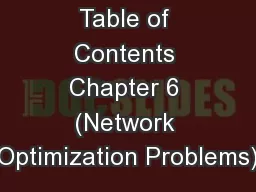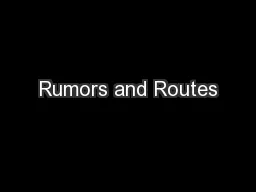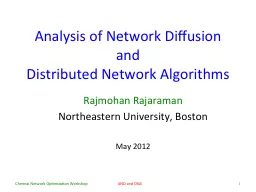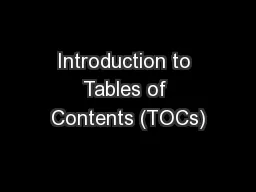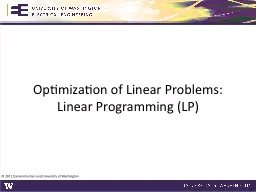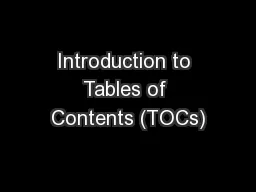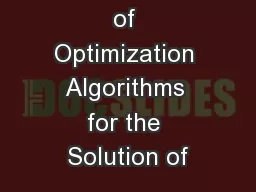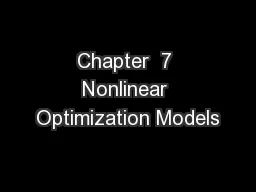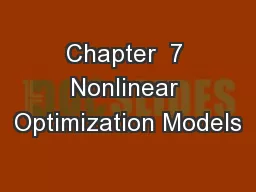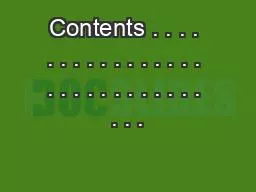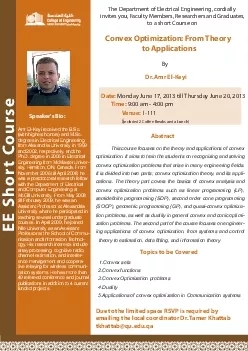PPT-Table of Contents Chapter 6 (Network Optimization Problems)
Author : luanne-stotts | Published Date : 2018-09-17
MinimumCost Flow Problems Section 61 62612 A Case Study The BMZ Maximum Flow Problem Section 62 613616 Maximum Flow Problems Section 63 617621 Shortest Path Problems
Presentation Embed Code
Download Presentation
Download Presentation The PPT/PDF document "Table of Contents Chapter 6 (Network Opt..." is the property of its rightful owner. Permission is granted to download and print the materials on this website for personal, non-commercial use only, and to display it on your personal computer provided you do not modify the materials and that you retain all copyright notices contained in the materials. By downloading content from our website, you accept the terms of this agreement.
Table of Contents Chapter 6 (Network Optimization Problems): Transcript
Download Rules Of Document
"Table of Contents Chapter 6 (Network Optimization Problems)"The content belongs to its owner. You may download and print it for personal use, without modification, and keep all copyright notices. By downloading, you agree to these terms.
Related Documents

